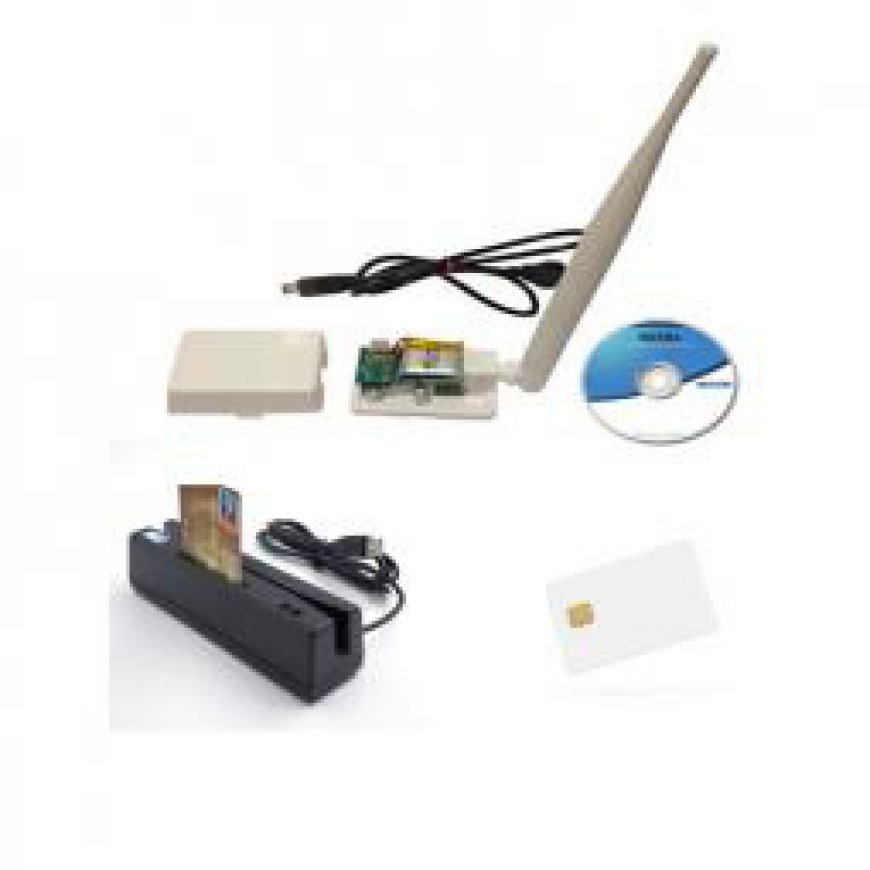What Is a GSM Skimmer and How Does It Work?
What Is a GSM Skimmer and How Does It Work?

Introduction
Definition of GSM Skimmer
A GSM skimmer is a sophisticated device used by criminals to illegally capture payment card information from unsuspecting users at ATMs and point-of-sale terminals. These devices leverage GSM (Global System for Mobile Communications) technology to transmit stolen data wirelessly to the fraudster. Buy GSM skimmers
Importance of Understanding GSM Skimmers
Understanding GSM skimmers is crucial for both consumers and businesses to protect against identity theft and financial fraud. Awareness can lead to better prevention measures and safer transaction practices.
What Is a GSM Skimmer?
Explanation of GSM Technology
GSM technology is a standard developed to describe protocols for second-generation (2G) digital cellular networks used by mobile phones. It allows devices to communicate over mobile networks, which GSM skimmers exploit to send stolen data.
Definition of a Skimmer in the Context of Fraud
In the context of fraud, a skimmer is a device that captures sensitive information from payment cards without the cardholder's knowledge. This information can include card numbers, expiration dates, and PINs.
Overview of Illegal Activities Associated with GSM Skimmers
GSM skimmers facilitate various illegal activities, including unauthorized transactions, identity theft, and the sale of stolen data on the black market. They are commonly installed at ATMs and gas stations, where they can operate undetected for extended periods.
How GSM Skimmers Work
Description of the Device
GSM skimmers are typically small, discreet devices that can be easily concealed. They often resemble standard card readers but may have additional components for capturing PINs.
Size and Appearance
These devices can be as thin as a credit card, making them easy to insert into existing card readers or attach externally without raising suspicion.
Placement Options (Gas Stations, ATMs, etc.)
GSM skimmers are often placed at vulnerable locations such as:
- ATMs
- Gas station pumps
- Retail point-of-sale terminals
Process of Stealing Information
- Data Interception: When a user inserts their card into an ATM or payment terminal, the skimmer reads the magnetic stripe data.
- Communication with Mobile Devices: The captured data is transmitted via GSM networks to the fraudster's mobile phone.
- Examples of Data Criminals Can Obtain: Criminals can obtain:
- Card numbers
- Expiration dates
- Cardholder names
- PINs (if a PIN capture device is also used). Cloned cards for sale
Types of GSM Skimmers
Basic GSM Skimmers
These are simple devices that primarily capture card information and transmit it via SMS or other basic communication methods.
Advanced Skimmers with Additional Features
More sophisticated models may include features such as:
- Integrated cameras for capturing PINs
- Bluetooth capabilities for easier data retrieval
- Enhanced encryption for secure data transmission
Type
Features
Effectiveness
Basic GSM Skimmer
Captures card info only
Moderate
Advanced GSM Skimmer
Captures card info and PIN, sends data wirelessly
High
Prevention Measures
Tips for Consumers to Avoid GSM Skimming
- Check Devices for Tampering: Inspect ATMs and payment terminals for any foreign objects or signs of tampering.
- Use Secure Payment Methods: Opt for contactless payments or mobile wallets when possible.
- Cover Your PIN: Always cover your hand when entering your PIN at ATMs or point-of-sale terminals.
Recommendations for Businesses to Protect Customers
- Regularly inspect payment terminals for skimming devices.
- Implement advanced security measures such as encryption and transaction monitoring.
- Educate customers about potential risks and safe transaction practices.
Conclusion
In summary, understanding GSM skimmers is vital in today's digital landscape where financial fraud is prevalent. By being aware of how these devices operate and implementing preventive measures, both consumers and businesses can significantly reduce their risk of falling victim to such scams. Awareness and vigilance remain key in safeguarding personal and financial information against GSM skimming attacks.

 discreetpeople
discreetpeople